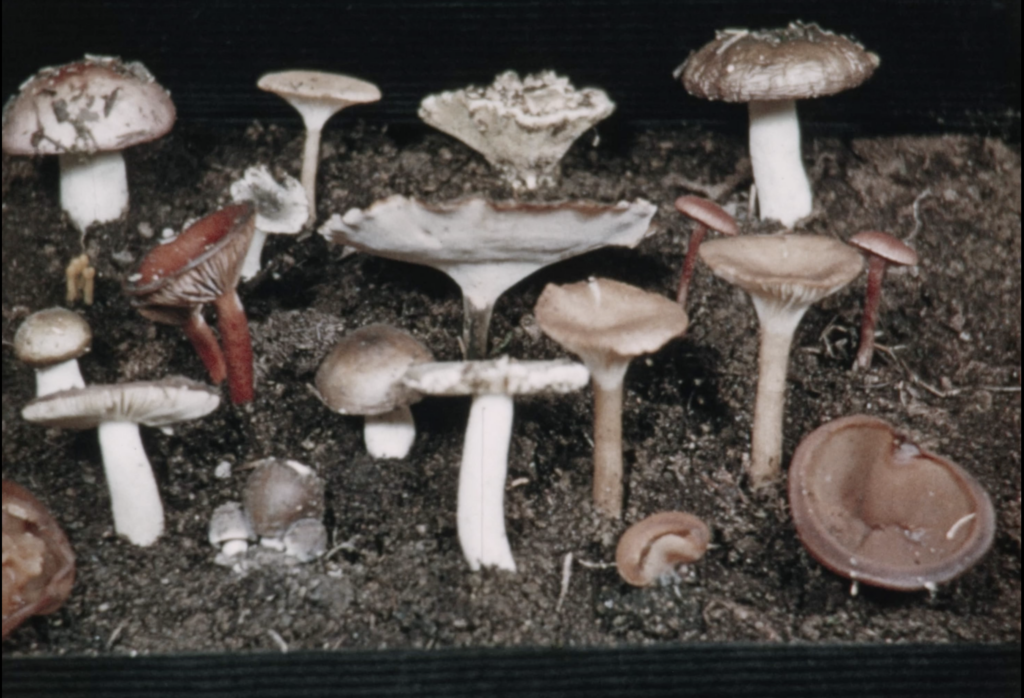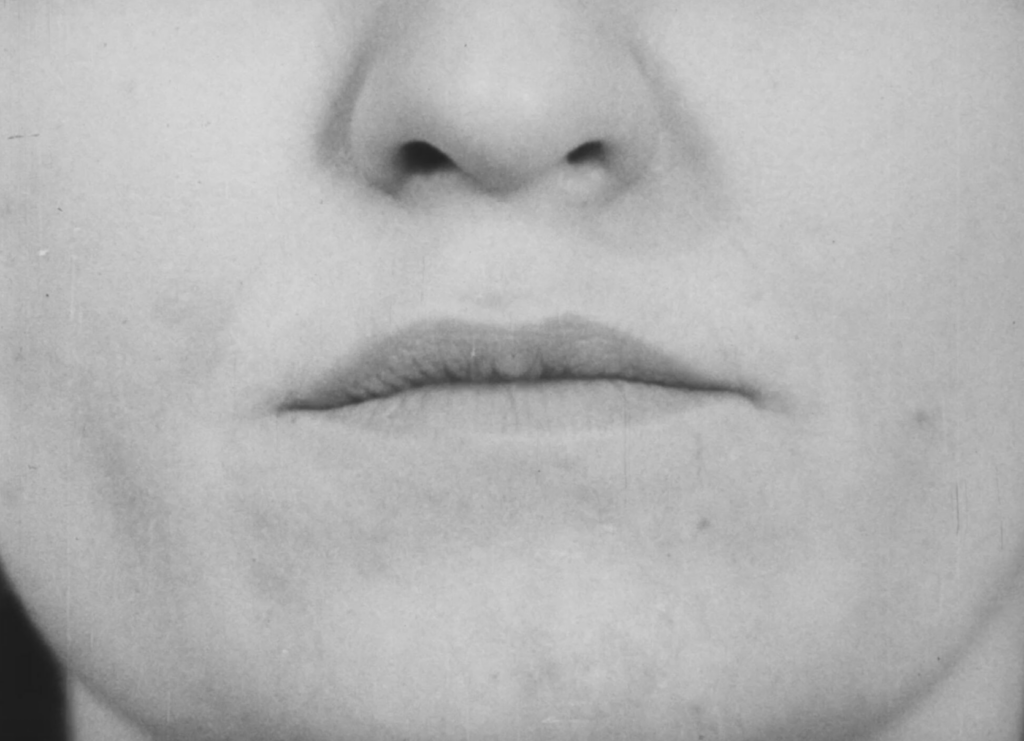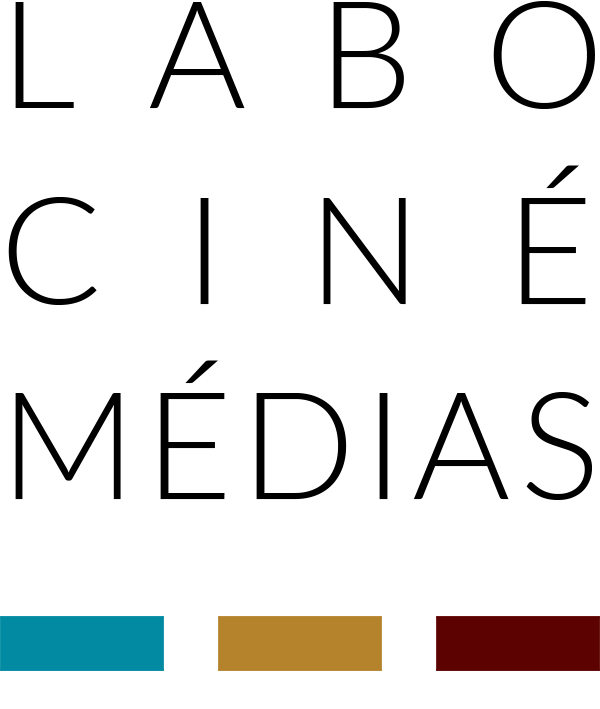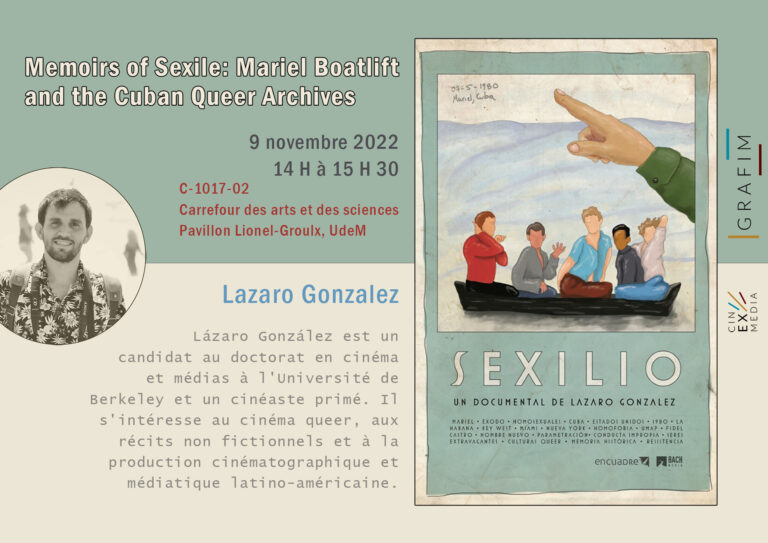Co-organized by the cinEXmedia partnership, these two study days brought together guests from diverse backgrounds and marked the culmination of the Cadavre Exquis project’s screening cycle.
Sophie Leclair-Tremblay

On April 25 and 26, 2025, the Université de Montréal (UdeM) hosted the study days titled “L’art du cinéma scientifique : archives, dispositif, spectacle” (“The Art of Scientific Cinema: Archives, Devices, Spectacle” – in French only). Co-organized by the Laboratoire CinéMédias, the journal Hors champ, the cinEXmedia partnership, the CRILCQ (Interuniversity Research Centre on Literature and Culture in Quebec), the Humanities and Sciences Library, and the Division of Archives and Information Management (DAGI) of the university, the event gathered dozens of researchers from Quebec and abroad to explore the potential of scientific cinema for both research and creative practices.
Thanks to its organizing committee with varied expertise—including Micheline Cambron (CRILCQ, UdeM), Nino Gabrielli (CRILCQ, UdeM), Aleksandra Kaminska (UdeM), André Habib (UdeM), Louis Pelletier (UdeM), and Annaëlle Winand (UdeM)—the two-day event facilitated a cross-pollination of disciplines. Discussions ranged from archival programming and re-editing to aesthetic experimentation with film reels and mediation practices.
In his opening remarks, André Habib, co-researcher and member of cinEXmedia, also reminded attendees that the event marked the conclusion of the Cadavre Exquis screening cycle, which focuses on revitalizing the Université de Montréal’s 16mm film collection. “We organized screenings, a few performances, created re-edited films and poetic texts,” he said, “but the most ambitious component remains our website, where around one hundred films will be made available online later this year.” The Cadavre Exquis screenings were co-presented by cinEXmedia and the CinéMédias Lab.
The Pedagogical, Aesthetic, and Political Dimensions of Archives
The first presentation was delivered by Charles Acland, professor at Concordia University, who discussed the short film Articulatory Habits in French and English (Gilbert C. Taggart, 1975). This 11-minute film explores language learning in bilingual French and English speakers. Acland’s talk explored further on this subject by examining how various technological tools have contributed to linguistics and language learning over the past century.

Articulatory habits in French and English (Gilbert Taggart, 1975)
Next, Elyse Singer, professor at New York University’s Tisch School of the Arts, offered a critical reading of Epileptic Seizures Nos. 1–8 (Walter G. Chase, 1905). Her presentation, titled "Talking Women: Framing Seizures in the 1905 Craig Colony Epilepsy Films," examined the political dimension of medical imagery, focusing on the filmed representation of seizures in an early 20th-century institution for people with epilepsy in New York State.
Presentations continued until Saturday, April 26. The final session highlighted ongoing research at Université de Montréal. For example, Micheline Cambron and Nino Gabrielli gave a talk on the university’s audiovisual center, while Louis Pelletier and Nino Gabrielli explored forgotten films made by Father Venance.
André Habib emphasizes the contemporary relevance of revisiting archival scientific films: “These educational films have two modes of activation. On one hand, they can be extracted from their original context and combined with other images—altered through sound or color manipulation—to bring out new layers of meaning. On the other hand, they still hold pedagogical and educational value in fields ranging from medicine to linguistics. Even if the cinematic setups may seem dated, these films document specific moments in the evolution of science and offer new avenues for reflection today.”

